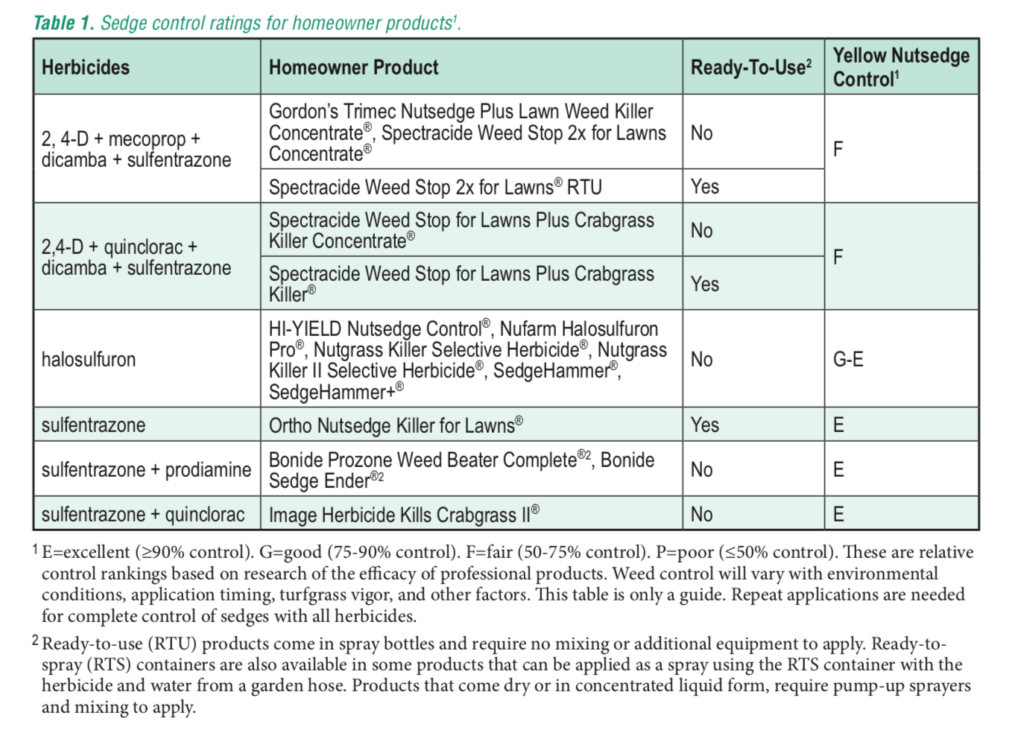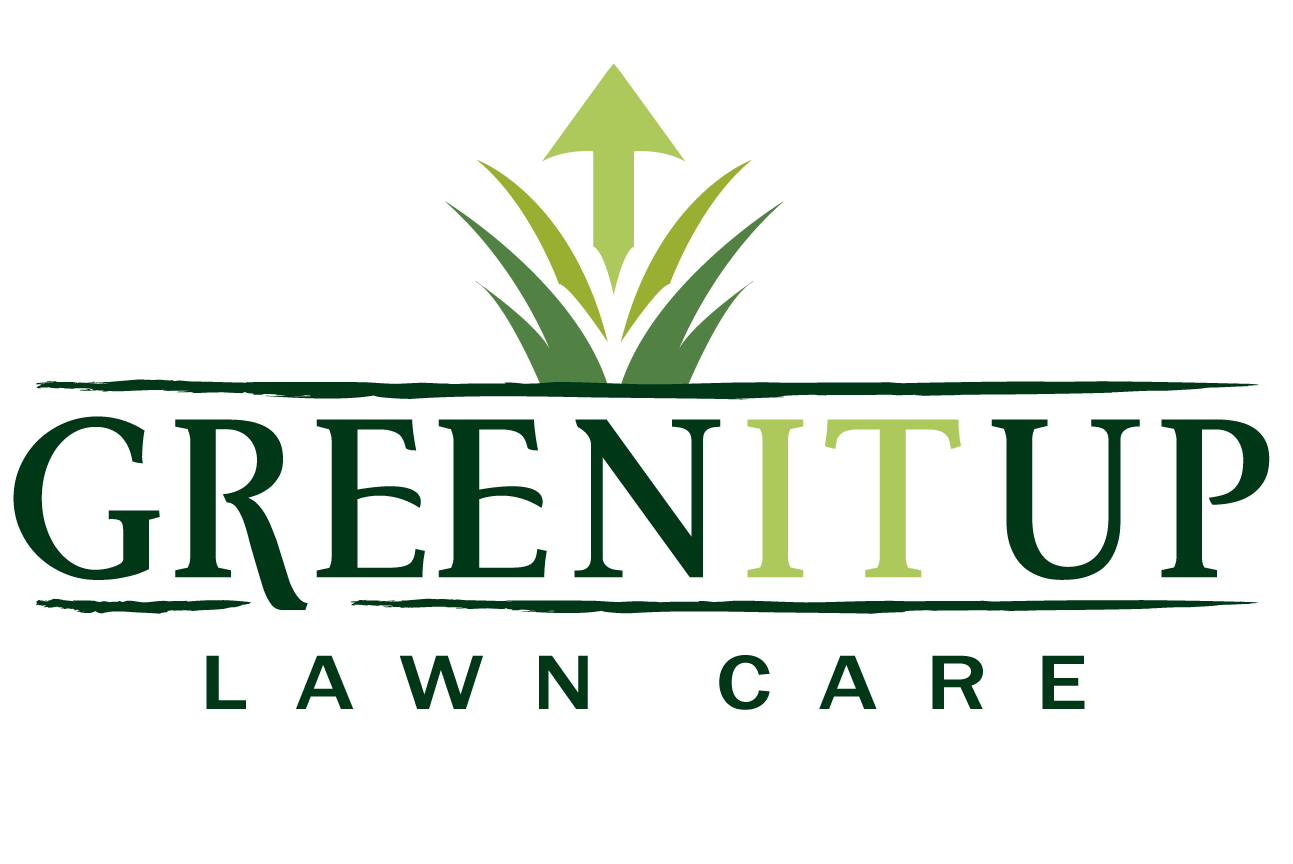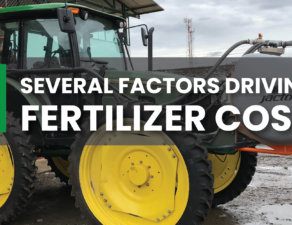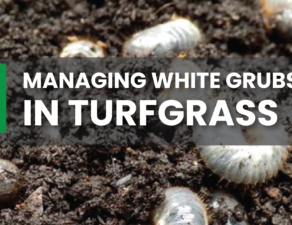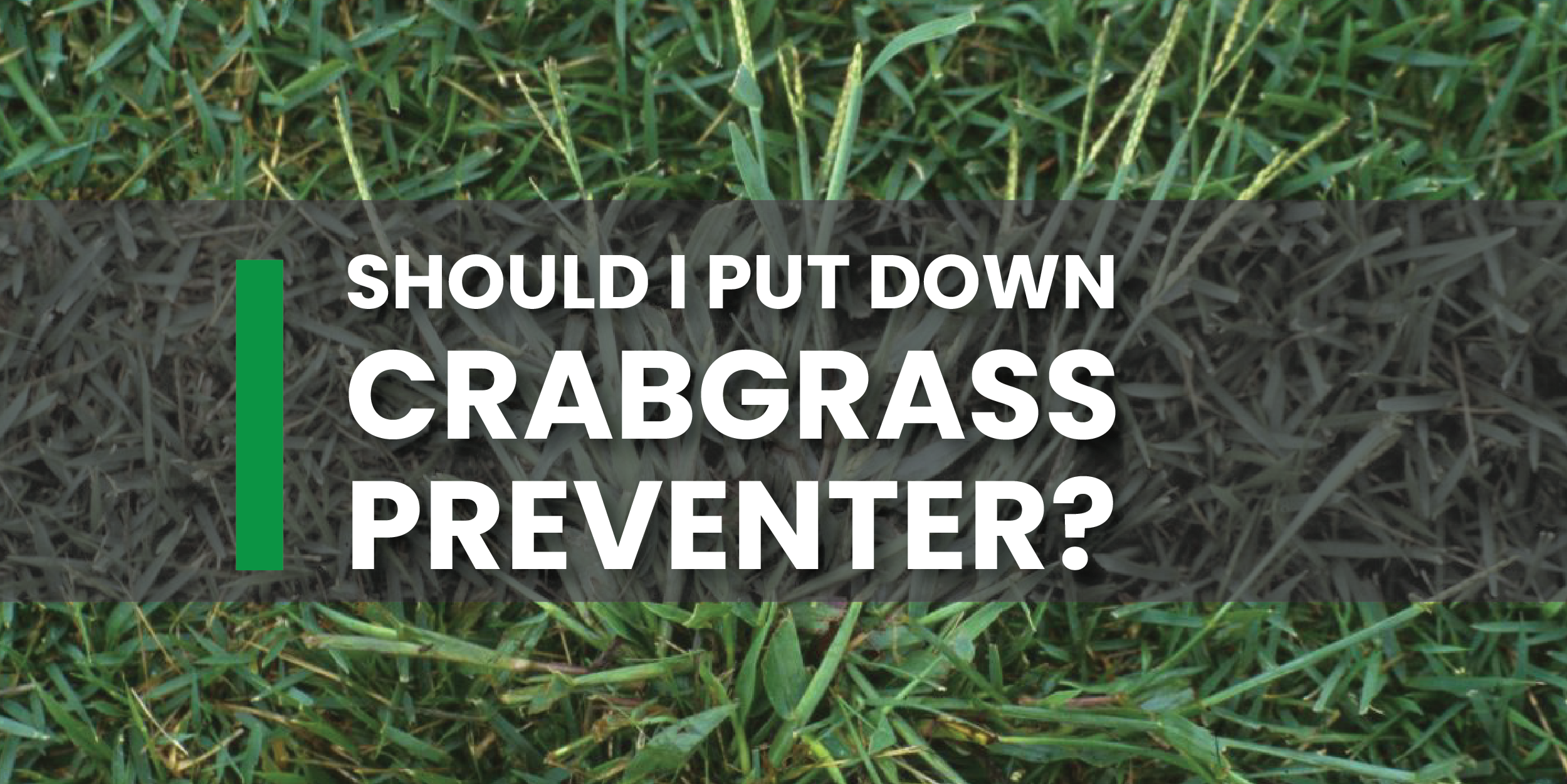

Aaron Patton and Dan Weisenberger
Purdue Agronomy — Turfgrass Science
Yellow Nutsedge Control
Yellow nutsedge (Cyperus esculentus) is a troublesome, difficult-to-control weed that is often found in turf areas (Figure 1). It is also called chufa, nutgrass, or watergrass.
It is important to remember that yellow nutsedge is not a grass or broadleaf weed, but a sedge. Understanding this plant’s biology makes it easier to know how to best control it. This publication describes the life cycle and identification of yellow nutsedge and recommends cultural and chemical management options for homeowners.
Life Cycle and Identification
Yellow nutsedge is a perennial plant that reproduces primarily by small underground tubers — called nutlets — that form at the end of underground stems — called rhizomes (Figure 2). A single plant can produce several hundred of these tubers during the summer. Yellow nutsedge can also spread by rhizomes (Figure 3). Yellow nutsedge produces a seedhead when unmown, but its seeds rarely germinate.
Yellow nutsedge actively grows during the heat of summer when cool-season turf grows more slowly. Yellow nutsedge typically emerges (germinates
from tubers) in Indiana in late April or May (a few weeks after crabgrass germinates) and grows actively until the first frost in autumn. A frost will kill the plant’s aboveground portion but the tubers will survive and overwinter in the soil. Dormant tubers can germinate and emerge throughout the following season or survive in the soil for more than three years.
Figure 1. Yellow nutsedge is a problematic turf weed that is difficult to control.
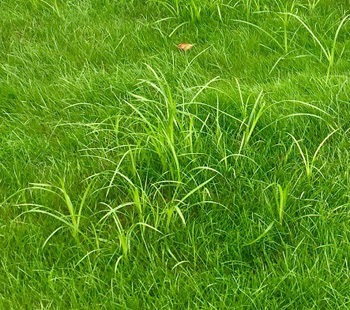
Figure 2. This image shows a mature yellow nutsedge tuber (the brown structure on top) and a yellow nutsedge tuber forming on the tip of a rhizome.
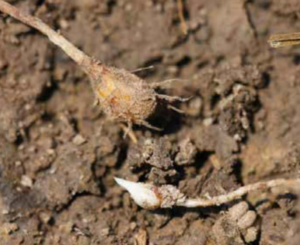
Figure 3. This yellow nutsedge plant is spreading both by a rhizome (left) and a tuber (the swollen rhizome tip at the bottom of the photo).
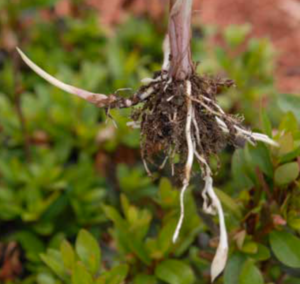
Figure 4. Yellow nutsedge grows taller than the surrounding turf during the summer.
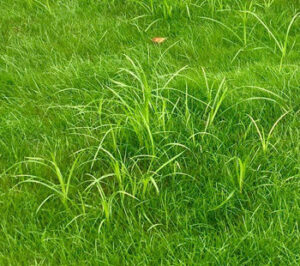
Yellow nutsedge is most noticeable in summer because its leaves grow more rapidly than the turf during the hottest summer months (Figure 4). During spring and fall (when it is cooler) nutsedge growth is slower and not as easy to spot in turf.
Yellow nutsedge can be identified by the trian- gular shape of its stem. You can feel the shape by rolling the stem in your fingertips.
Yellow nutsedge leaves are arranged in groups of three (three-ranked), which also distinguishes
it from grasses (Figure 5). The leaves are light green to yellowish, and each leaf has a long, ta- pered tip. Each leaf also has a prominent midrib, and has a slick, shiny, or waxy appearance.
While many grasses (such as crabgrass) have hairs on the leaf blades, yellow nutsedge does not. Yellow nutsedge will produce a golden seedhead, although the seedhead seldom forms in frequently mown turf.
Site History and Cultural Control Methods
Yellow nutsedge is a problem in many agri- cultural fields, and (as can be expected by its reproductive methods) in lawns that have been converted from farmland. It also is a trouble- some weed in horticultural and nursery crop production. Yellow nutsedge tubers can easily be spread by soil (topsoil or fill dirt) from one area to another during construction. Addition- ally, people and equipment can spread yellow nutsedge any time they move soil while planting or dividing ornamental plants in the landscape.
The best method for controlling yellow nutsedge (and other weeds) is to grow a healthy, dense, vigorous stand of turf that can compete with weeds. Encourage dense turf stands by following proper turf maintenance practices, including fall fertilization, proper irrigation, frequent mow- ing at the proper height, and over-seeding as needed.
Yellow nutsedge is most problematic in turf that is mown too short, and it thrives in areas where soils remain moist from poor drainage or over- watering. However, yellow nutsedge can also be a problem in well-drained areas, especially thin turf.
If only a few yellow nutsedge plants are present, hand pulling will help eliminate the weeds but will not remove the tubers in the soil. Several weeks after pulling yellow nutsedge, check the area to see if the plants have regrown from the tubers. For yellow nutsedge in landscape beds, it is best to remove the entire plant (including the root/rhizome system) by digging around
the plant’s base. This will help ensure that you will not get regrowth from the nutsedge’s under- ground rhizomes.
Control with Herbicides
Herbicides may be required when large patches of nutsedge are present in the turf. The traditional herbicides used to control dandelions (Taraxacum officinale) and crabgrass (Digitaria spp.) are ineffective since yellow nutsedge is a sedge and not a broadleaf or grass. Herbicides that contain halosulfuron (Figure 6) or sulfentrazone (Figure 7) are recommended for yellow nutsedge control.
Regardless of herbicide selection, yellow nut- sedge is a difficult-to-control weed that may require multiple herbicide applications. Follow label directions about when to make follow-up applications, if needed.
Late spring/early summer (when it is young and actively growing) is the ideal time to control yellow nutsedge. During its early growth stages, yellow nutsedge has not started
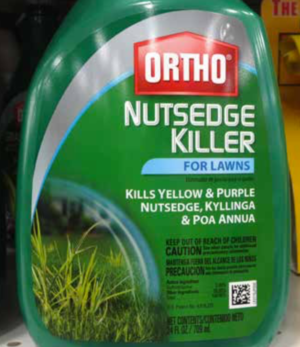
Figure 7. An example of a sedge herbicide that contains sulfentrazone.
producing tubers and is most susceptible to control with herbicides.
As the summer progresses, nutsedge plants form seedheads and tubers. Since the tubers are the plants’ primary survival struc- ture, it is critical to control nutsedge early in the summer before it produces tubers.
Be patient. Two to three years of control using herbicides will be needed to reduce viable tubers in the soil by 90 percent. Herbicide applications will injure growing yellow nutsedge plants and help prevent more tubers from forming, but herbicide applications will not control tubers that are viable in the soil but have not yet produced plants.
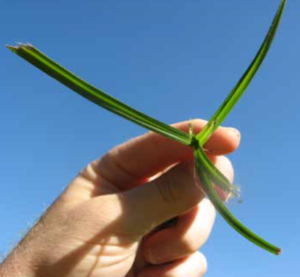
Figure 5. The three-ranked leaf arrangement of yellow nutsedge.
Before using any herbicide, always refer to the product label for specific instructions about proper use and turfgrass tolerance.
The exact product that you use will be based on its availability at retailers. See Table 1 for a list of products that contain these active ingredients that can be purchased online or at local hardware stores, garden centers, home improvement warehouses, and superstores. Some of these products will be ready-to-use (RTU) in a spray bottle, while others will require mixing in a sprayer. Table 1 indicates whether products are RTU.
Before using any herbicide, consider the follow- ing steps for successful yellow nutsedge control:
- Read and follow all directions on the herbi- cide label.
- Do not mow one or two days prior to or fol- lowing the herbicide application.
- Treat the area with the proper rate of her- bicide and volume of water listed on the product label. Do not apply the herbicide if the turf is stressed due to drought or high temperatures (≥90°F).
- Six to ten weeks after the first application, repeat steps 2 and 3 if the yellow nutsedge has recovered or regrown from tubers.
Find Out More
Purdue Extension offers many publications about establishing, maintaining, and controlling lawn pests. Get these publications from:
The Purdue Extension Education Store
www.the-education-store.com
The Purdue Turf Program
www.agry.purdue.edu/turf
